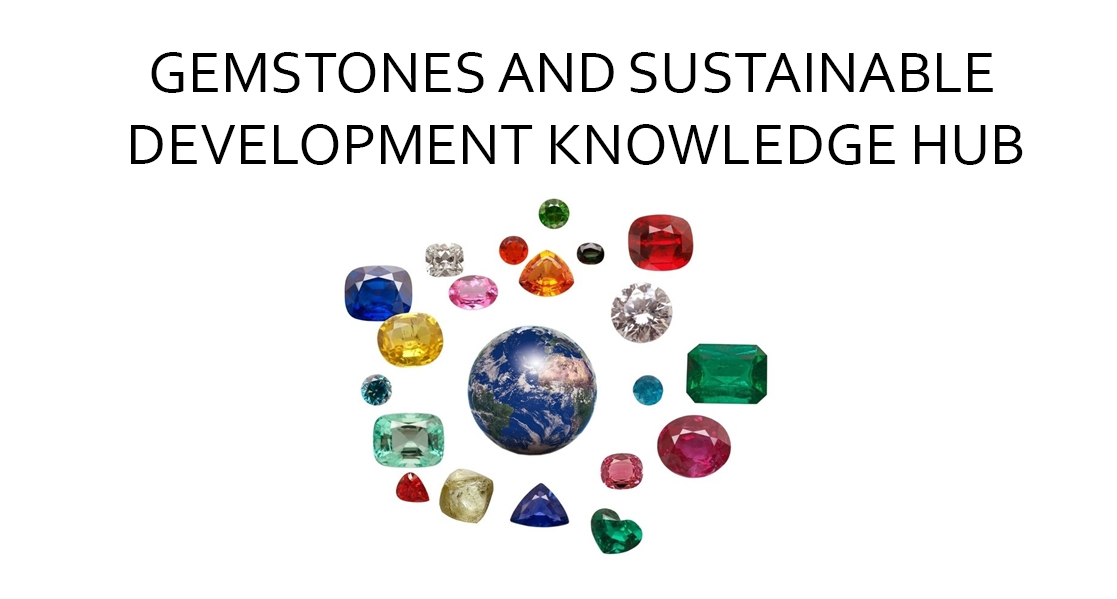Madagascar is one of the poorest countries in the world. And one of the richest. This island, the fourth largest in the world after Greenland, New Guinea and Borneo, is home to twenty-seven million people with a median age of nineteen years. The island is full of wonderful and happy children. It’s also rich in natural resources. Gems, metals, raw beauty.
That’s why we are here. To better understand the formation of one type of gem deposit in particular. Emeralds. Emeralds are beryllium aluminium silicates rich in chromium and vanadium. Those last two elements are the ‘chromophores’ that give them their vivid green colouration. We have spent the last two days at the Gilles Mine in Irondro, Mananjary area, south of Antananarivo, capital of the country. Here, they have found some wonderful gem-quality emeralds, but they’ve also had to deal with some complex geology. In particular, little is known about the age or formation environment of these, some of the best emeralds in the world. That’s our goal. To understand the origin of these deposits. We hope our work helps the local people here too.
Talking of locals, the food here had been absolutely sensational. We haven’t seen much in the way of Malagacy restaurants in Europe or the United States, but they should be everywhere. We’ve had Pork with Casava leaves, delicious chickpeas, even better carrots, potatoes, green beans, and, of course, rice. We have not gone hungry. And the bananas. What can we say about the bananas? Small, perfect and they taste like apples. They are truly wonderful.
Madagascar hasn’t seen ice ages, at least in the recent past. It did when it was part of Gondwanaland and when the emeralds formed, but that’s another story. The high rainfall and tropical climate had led to deep weathering of the hills and valleys, and a thick vegetation. The plants here are like nowhere else on the planet. In fact, Madagascar has 12,000 species of vascular plants, of which 83% only exist on this island. Of these plants, Raquel loves Ravenala madagascariensis the most. It is a palm tree with fronds that line up like the headdress of an actor in the Lion King. Or as Raquel says, the tail of a peacock.
The dense water-laden vegetation, high humidity and busy roads, full of smiling kids and working people during the day transforms in the night into a sky bright with stars and a cacophony of sounds. The sounds of ribbeting frogs and crackling crickets in the rhythm of the forest. This concerto accompanies a billion stars in our own Milky Way, with the beauty of the Southern Cross and the passing shooting stars. Can’t wait to see some Lemurs tomorrow!
See pictures below!






